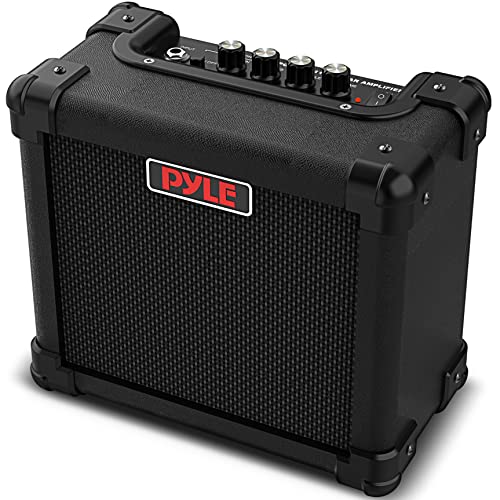In both cases, the bass shift and pull deep knobs connect a capacitor into the circuit. So, with the knob pushed in, the capacitors are not in the circuit (ie, they have no effect) and with the knob pulled out, the capacitors in are in the circuit (ie, they do have an effect).
In both cases, the capacitor is being added to the "cathode" portion of each tube. You'll note that in both cases there is also a resistor and a small capacitor already connecting between the tube's cathode pin and ground. This resistor and capacitor control the low-frequency roll-off of that gain stage. The small value of the capacitor means that (when the knob is pushed in) the low frequencies are attenuated.
When you pull the knob, it brings the bigger valued capacitor. This pushes the low-frequency roll-off of that gain stage to be much lower (way lower) in frequency. As a result, the bass is stronger and deeper.
In the case of the "Pull Shift" on the bass knob, pulling the knob makes this part of the circuit look like the corresponding portion of a classic blackface Fender from the 60s (e.g. Deluxe Reverb or Twin Reverb), which is what the Mark series was originally based on.
Mesa decided to alter this part of the circuit because, with all that bass, the Boogie's overdriven lead sound was too flabby for some people. Therefore, by switching to a smaller cathode cap, it removed some bass prior to the lead circuit, which made the lead sound more smooth. For those who still wanted the Fender clean sound, the gave you "Pull Shift" to be able to bring that deep bass back into the sound, if you wanted.
In the case of the "Pull Deep" knob, this is doing exactly the same trick, but it happens to occur after the effects loop (which is also after the lead circuit). Being after the lead circuit, it does not have the same "flabby / not-flabby" effect on the lead tone. Here, its effect on the bass is simply a matter of whether you like more low-mids and bass frequencies or whether you like less. Do you like beefy girth, or do you like a more focused and slicing sound? It's your call.
Chip




























